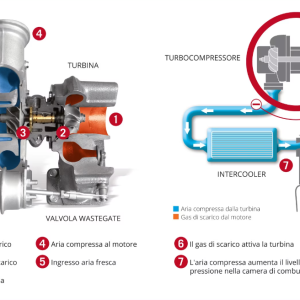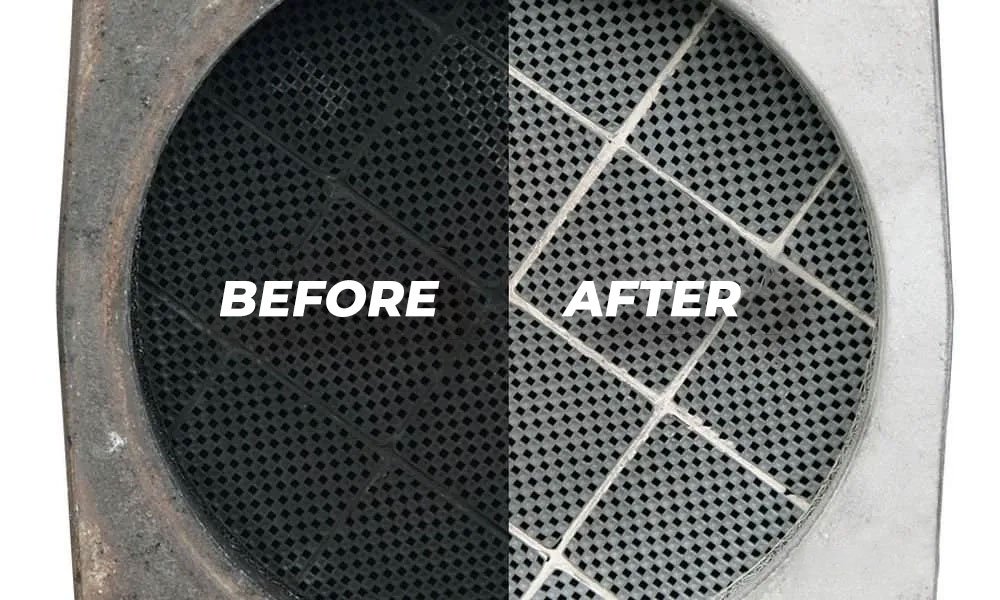The catalytic converter is one of the essential components inside modern vehicles. Although it is often an element hidden from view, it plays a crucial role in controlling harmful emissions from the internal combustion engine. In this article, we will explore what exactly a catalytic converter is, how it works and why it is so important. We will also provide information on its maintenance and how to keep it efficient in the long term.
What is a catalytic converter?
A catalytic converter, in the automotive context, is a device designed to reduce pollutant emissions from a vehicle's exhaust. It is often located inside the exhaust system, where it performs its role quietly but extremely effectively. Its main objective is to convert harmful gases into substances that are less harmful to the environment.
How the Catalytic Converter Works
The catalyst uses a series of chemical reactions to transform harmful gases into safer compounds. The main pollutants that the catalyst aims to reduce are:
- Carbon monoxide (CO): A poisonous gas emitted during combustion.
- Hydrocarbons (HC): Organic compounds that contribute to air pollution.
- Nitrogen oxides (NOx): Combustion products that cause air pollution.
The catalyst relies on two main types of reactions: oxidation and reduction. During oxidation, the catalyst converts carbon monoxide and hydrocarbons into carbon dioxide and water. In reduction, it deals with nitrogen oxides, turning them into nitrogen and oxygen. These reactions take place in the presence of catalytic materials inside the device.
The Importance of the Catalyst
The role of the catalytic converter in reducing pollutant emissions is of paramount importance. At a time when environmental awareness is the focus of attention, the catalytic converter contributes significantly to making vehicles more environmentally friendly.
In many countries, there are strict regulations on the emission of harmful gases by vehicles, and the catalytic converter is one of the key tools for complying with them.
Maintenance and Durability of the Catalyst
The catalytic converter is a component that is subject to wear over time. Its service life depends on various factors, including the quality of the component itself, the driver's driving style and vehicle use.
However, there are some signs of catalyst malfunction that drivers should keep an eye on:
- Increased emissions: An emissions check may reveal that the permitted limits have been exceeded due to an inefficient catalytic converter.
- Loss of power: An improperly functioning catalytic converter can affect vehicle performance.
- Engine control light on: Many modern cars are equipped with emission monitoring systems. If the check engine light comes on, this could be a sign that the catalytic converter is malfunctioning.
If any of these signs occur, it is advisable to take the vehicle to a qualified mechanic for diagnosis and possible replacement of the catalytic converter.
Conclusions
The catalytic converter is a key element in the fight against air pollution caused by vehicles. Its ability to convert harmful gases into less harmful compounds contributes significantly to environmental protection. Regular maintenance of the catalytic converter is essential to ensure its proper functioning over time and to comply with environmental regulations.
If you need service or maintenance for your catalytic converter, do not hesitate to contact our experts at Turbomotori. We are here to help you keep your vehicle efficient and environmentally friendly.









